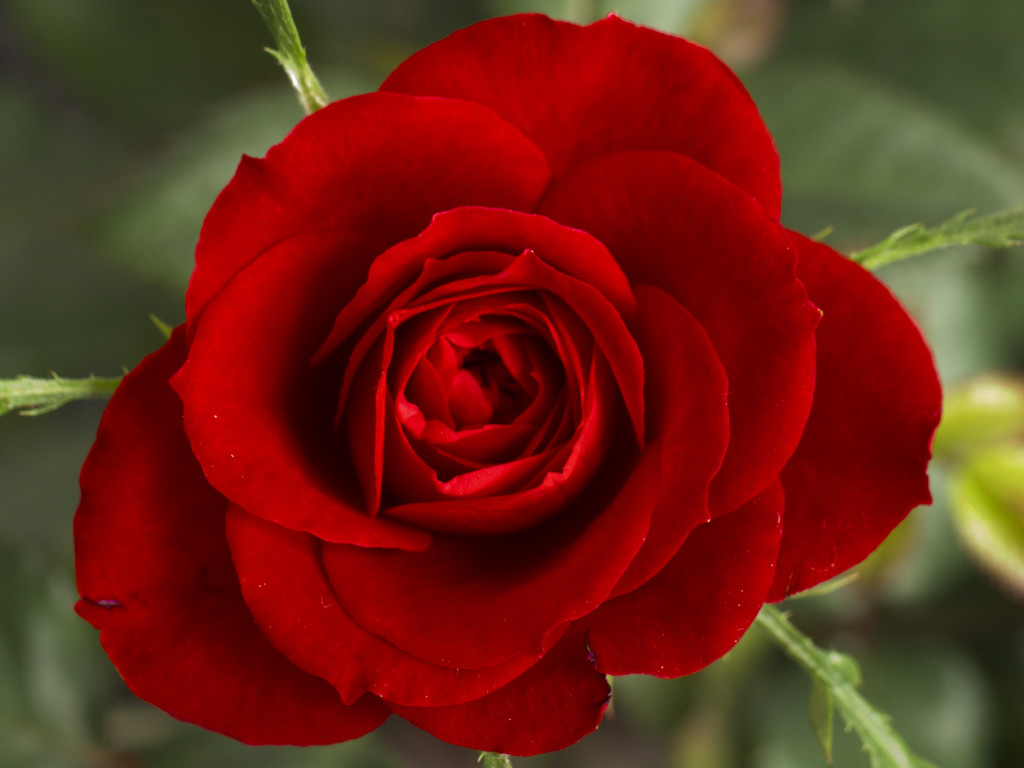SOFIA, Bulgaria – The Valley of the Roses is centered around the city of Kazanlak in central Bulgaria. For nearly 500 years the sprawling fields of rosa damascena have provided Europe, Asia, and North America with powerfully fragrant rose oils and hydrosols. This year, Kazanlak celebrated 120 years of their national rose festival. Used medicinally, magically, and cosmetically, the rose has always been an important flower in Bulgaria. But the pagan roots of the cultural use of roses in Bulgaria goes back thousands of years: when the same valley was known as the Valley of the Thracian Kings.
The rose is credited as being brought to Bulgaria by Alexander the Great around 300 BCE. But even before that, the rose was traded and used in the region as a sacred flower. Pagan settlements in the lands now known as Bulgaria began in at least 4,000 BCE as evidenced by archaeological findings. With a history of Greek culture, these ancestors very likely had trade with the Phoenicians, the Mycenaeans, and other Mediterranean civilizations who were all growing roses and trading the oils. The rose is cited in ancient texts, included as a spell ingredient in the Greek Magical Papyri, seen in carvings on magical tablets found in Mesopotamia, in perfume bottles excavated at Knossos, the matriarchal city on Crete, and throughout pharaonic Egypt. These disparate examples came together in Bulgaria, a nation formed by nomads.

[Photo Credit: Public Domain / Wikimedia
Nomads passed through and settled in the lands of what we today call Bulgaria for millennia. Even the Celts passed through and settled there in 300-400 BCE. The Romans conquered Thrace in 46 BCE. They farmed roses for the same reasons the Bulgarians do today – cosmetics and medicine – and one theory is that the time-consuming, challenging production of roses was one reason the Roman Empire fell. Roses had such a deep connection to paganism that the Roman Catholic church denounced it – although in the 12th century, they reversed this position, due to its unabated popularity. The rose was so popular in the Middle Ages that it became a symbol of the Crusades, and some began using it to symbolize Mary, the mother of Jesus, as “the thornless rose”. The rose is also a sacred symbol in Sufism, Islamic mysticism, which shares roots with Turkish tribes like the Bulgars as well.
The southern Slavs immigrated there in the early years of the Common Era. They contributed to the pagan landscape in mythology and folklore, with a respect for nature exemplified in free-spirited presentations of practice, not dogmatic belief, and symbols such as the six-petaled rose inside a circle which represents ways spirits can manifest on earth.
But it was the Bulgar people who formed the foundations of the country of Bulgaria as we know it today. They came from Turkey around 600 CE and brought the multicultural medicinal and spiritual uses of the rose to the local people. The Hittites of Anatolia were known to create rose medicinals as powders and tinctures since 1750-1180 BCE, and the nomadic Bulgar tribe would have been well aware of these uses. Despite the growing prevalence of Christianity in the 600s, the Bulgar were a pagan people. They practiced Tangrism, a shamanic path that believes in a supreme deity, Tengri, also known as Tangra: the god of the sky. Fertility rites using mare’s milk, animal sacrifice, and the birch tree as the Tree of Life are characteristics of their ritual practices that coalesced with existing traditions in Bulgaria.
Dogma and beliefs remained secondary to practices that brought together the Bulgar, Slavic, Roman, and Thracian roots. Pagan and folk practices blended to create a vibrant, unique culture of its own in Bulgaria, and it would be almost 300 years after the solidification of the Bulgar influence that Christianization begins. Christianity was simply the latest in a long line of new religious practices introduced to the land of Bulgaria, and so the existing folk practices weren’t eradicated but incorporated.
The rose began to get its foothold as an internationally recognized cultural staple of Bulgaria in the 1600s, when rose oil is produced and exported as a trade good. Interestingly, the Turks facilitated the production of rose oil and rose farming in Bulgaria throughout the 1600s and through the early 1900s, harkening back to their closely-connected cultures. Today, the rose remains the national flower of Bulgaria, and the rose festival brings thousands of revelers each June. Folk dances and songs are performed by Bulgarians young and old, and traditional clothing is worn to pick the roses ceremonially, distill them into oils, and boil them into jams and cosmetic products. The rose remains a potent symbol of Bulgaria’s history as a pagan melting pot.
The Wild Hunt is not responsible for links to external content.
To join a conversation on this post:
Visit our The Wild Hunt subreddit! Point your favorite browser to https://www.reddit.com/r/The_Wild_Hunt_News/, then click “JOIN”. Make sure to click the bell, too, to be notified of new articles posted to our subreddit.